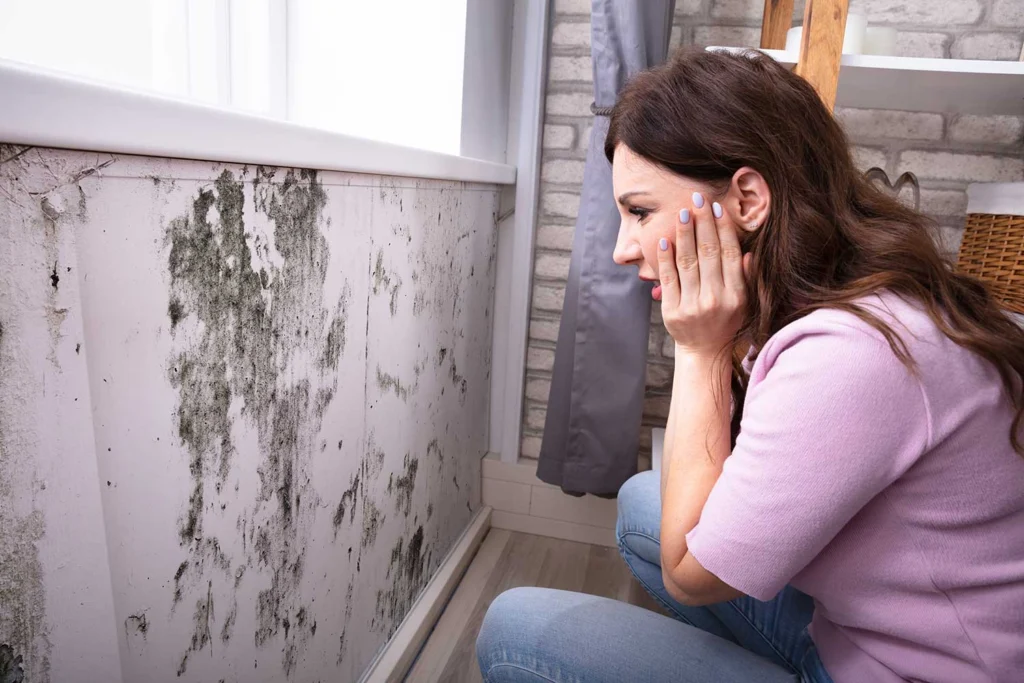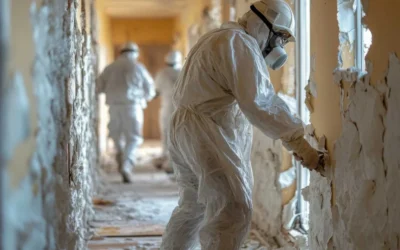
Mold is a type of fungus that can grow indoors when moisture is present. Exposure to mold can lead to a variety of health issues, especially if left untreated. It is important to address mold in your home or building promptly to prevent long-term health problems.
Long-Term Effects of Mold Exposure
- Respiratory Issues: Prolonged exposure to mold spores can exacerbate respiratory conditions such as asthma and allergies. It can also cause throat irritation, coughing, and wheezing.
- Sinus Infections: Mold exposure can lead to chronic sinus infections, sinus congestion, and other sinus-related issues.
- Skin Problems: Some individuals may develop skin rashes, hives, or other skin reactions upon exposure to mold.
- Neurological Symptoms: In some cases, exposure to certain types of mold can lead to neurological symptoms such as headaches, memory loss, and mood changes.
What to Do If You Find Mold in Your Home or Building
- Identify and Address the Source of Moisture: Mold thrives in damp, humid environments. Identify and address any sources of moisture in your home, such as leaks, condensation, or poor ventilation.
- Contain the Mold: If you find mold in your home, it is important to contain the affected area to prevent spores from spreading. Use plastic sheeting to seal off the area and turn off HVAC systems to avoid spreading spores.
- Clean and Remove Mold: Small areas of mold can often be cleaned with soap and water or a mild detergent. For larger areas or extensive mold growth, it is best to hire a professional mold remediation company to safely remove the mold.
- Dry and Dehumidify: After removing the mold, make sure to thoroughly dry and dehumidify the area to prevent future mold growth.
- Consider Professional Testing: If you are unsure about the extent of the mold growth or the type of mold present, consider hiring a professional mold inspector to conduct testing.
Conclusion
Mold exposure can have long-term health effects, so it is crucial to address mold issues promptly and effectively. By following the steps outlined above and seeking professional help when needed, you can mitigate the risks associated with mold exposure and create a healthier environment for yourself and others in your home or building.



